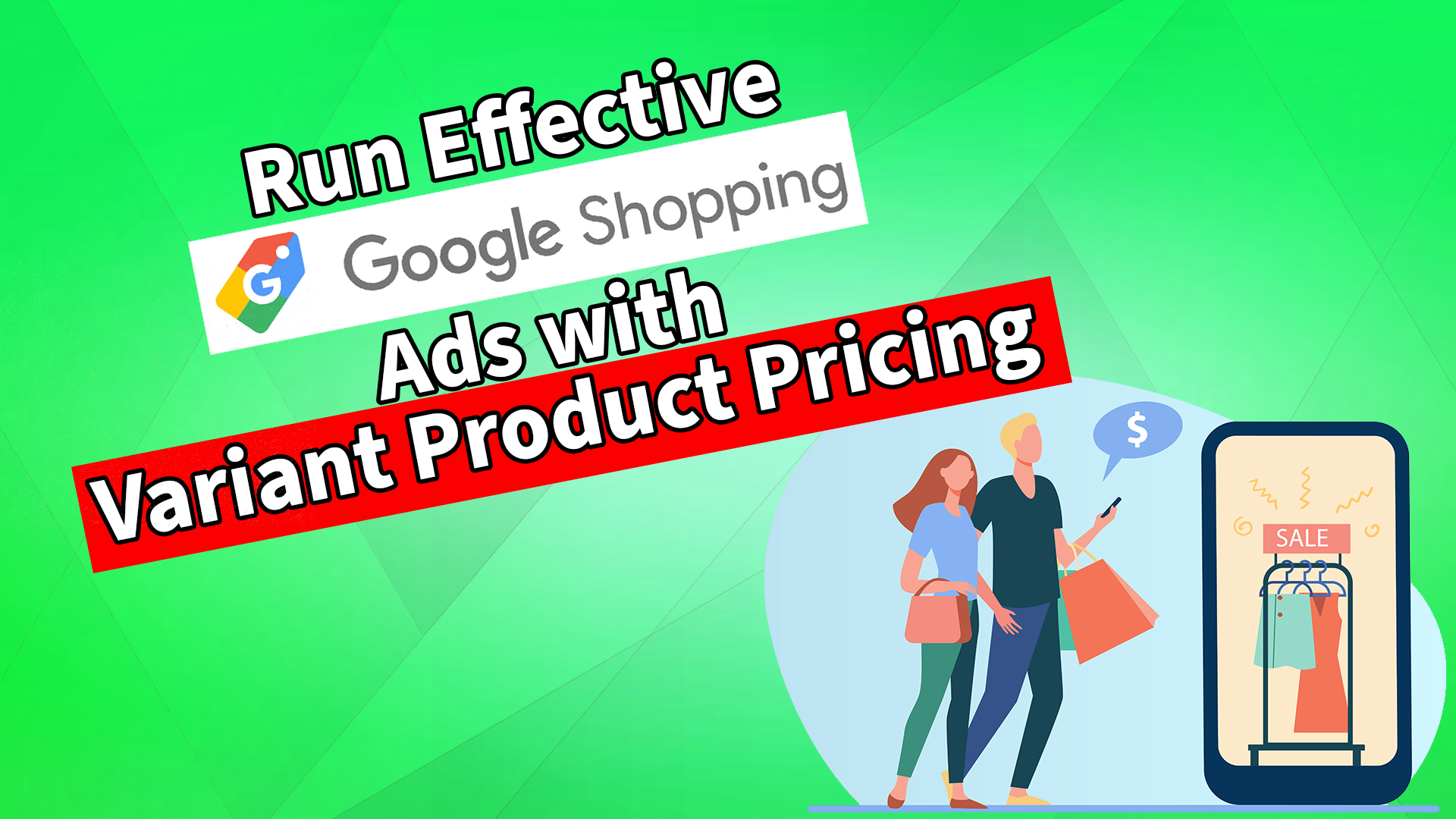Multiple customers have variant products. They always encounter the same issue when they’re trying to run these Google Shopping campaigns.
Pricing For Product Variants
What is variant product pricing?
Suppose you have an eCommerce site on BigCommerce, Volusion, or Shopify. They show product options the same way. You sell a jacket with three sizes: small, medium, and large. The small one is $100, the medium is 120 and the larger one is 150.
With the eCommerce platform structure, you have only one page for that product. The price needs to dynamically change and your URL needs to reflect that. Otherwise, when you submit your product feed to Google, Google is going to look at your product page and say this product is $100. If a visitor goes to your site, however, they will see different pricing. This leads to your data feed facing automatic rejection. Many people have learned about this dilemma the hard way.
We’re seeing this problem all the time. If you’re on BigCommerce, the platform has direct integration with Google Shopping. However, their feed does not have the ability to differentiate the variants based on the products that you’re selecting.
These eCommerce store owners are trying to run Google Shopping campaigns for the products. To do so, they implement variant pricing with either variant, quantity thresholds, or bundled products. Google considers any factor that alters a price as misleading to those shoppers. Therefore, they’re going to cut the feed.
What are some solutions for these store owners?
Some clients do custom packaging and receive one product page called a landing page. You don’t like it, because those are landing pages for Google AdWords and page search. One product page could have literally 1000 different prices based on the size, the strength of the material, and the quantities.
If you submit this product page to Google, you will get rejected. The most expensive, but the right way to do it is to implement functionality on your eCommerce site, where your URL automatically changes with a parameter every time an option is selected that has a different price or an add on price.
With that said, there are alternatives. For example, you can use a third-party tool like GoDataFeed. It doesn’t 100% solve this problem, but it partially solves this problem. If you don’t do those first two, Google will reject every single product page that has variants with different pricing.
The third-party tools, like GoDataFeed, work on a per URL basis. With this, the more products you start to add to your store, the more costly that tool becomes.
Solutions For Protecting Your Product Data Feed
The marketers suggest investing in a functionality that is going to allow your eCommerce store to scale regardless of how many additional products you add with additional variants you add, that is going to be a technology that your site essentially owns.
If you have a few hundred products, it’s really easy to fix this problem. The Optimum7 team consults clients who have these pages set up the right way with variants. They can provide the necessary experience.
The team also consults clients who don’t have one specific product page, and they just have thousands and thousands of variant pages as individual products. There is a big dilemma here. If you don’t have it set up the right way, it’s a problem because you are going to have a lot of indexed product pages, diluting your authority for your eCommerce site.
If you have it set up properly, with over one thousand products with a combined 10,000 variants, your product feeds will get rejected.
Many marketplaces that accept these URLs and feeds want to make sure that when they advertise a product and a price, or a variant of a product and a price, that a visitor sees the right price. Otherwise, it becomes a bait-and-switch scenario.
The same exact issue happens on Facebook. If you’re trying to run ads on Facebook with varying product pricing, the automated system will deny your ad. It’s going to get shut down and in some cases, worst cases, your ad account actually gets taken down. Going through that appeal process is terrible.
Facebook’s customer support will not prioritize you. Their battle with Apple will make the system worse.
What is the solution?
Marketers implement a Javascript that calls the API of your eCommerce platform and product selection. Javascript will check all the variants and the different prices and it will adjust your URL and your parameters accordingly.
Go back to the jacket case study. Assume the website is mysite.com. If you go mysite.com/brownjacket?=m then you know that you will hit the medium version and it will be auto-selected on the product page, which is $120. That is the main solution. It sounds hard to understand, but a marketer can guide you through it.
Contact us if your Google Shopping or Adwords Product Feed or Facebook Product Catalog got rejected, we can help!






